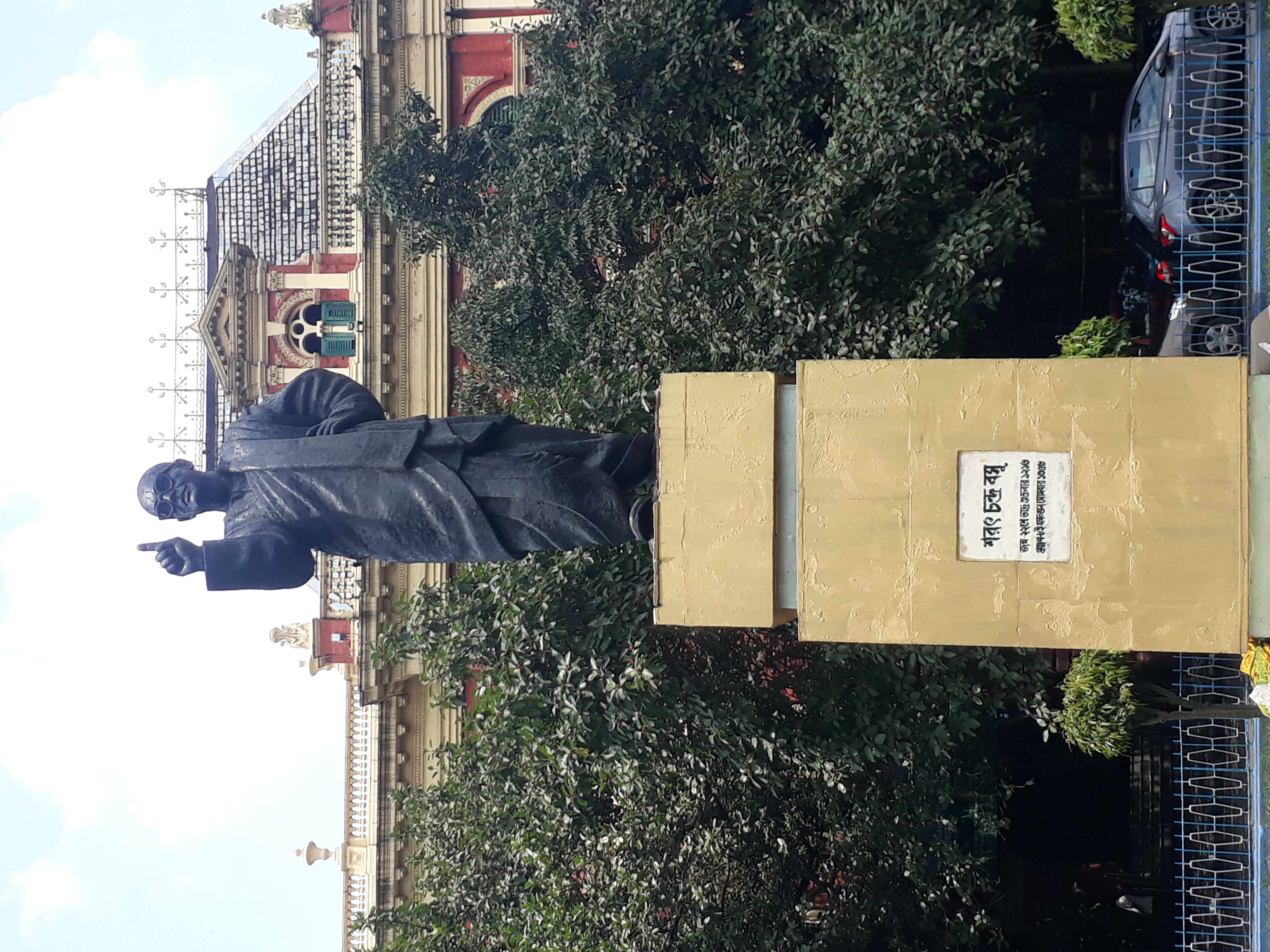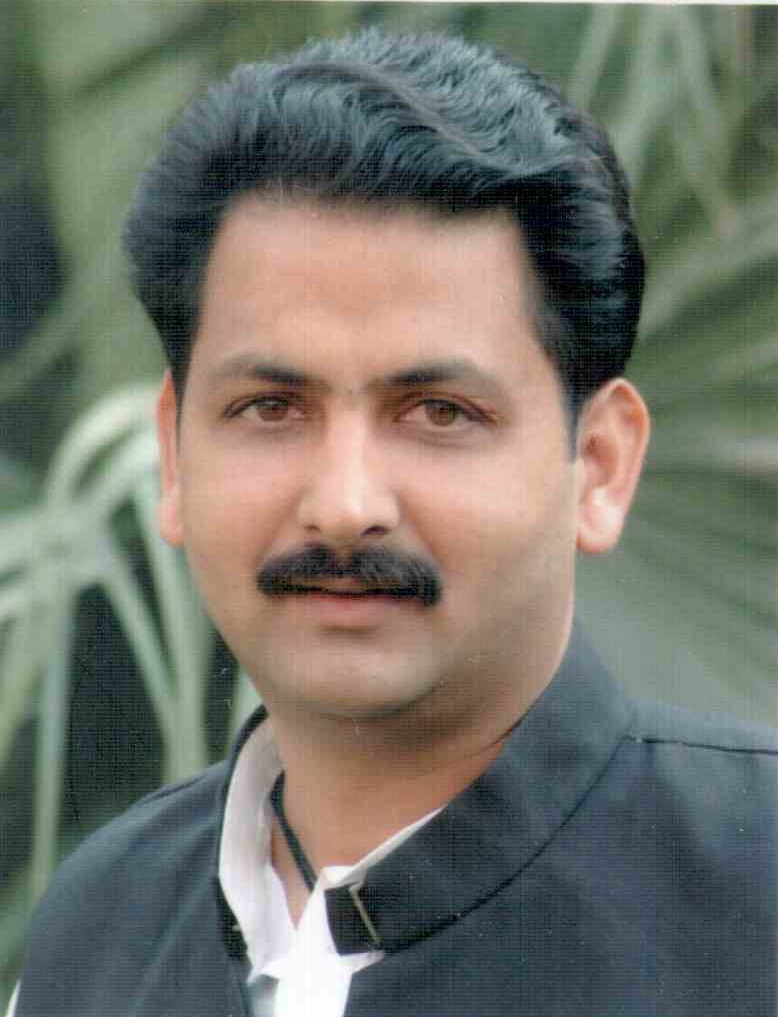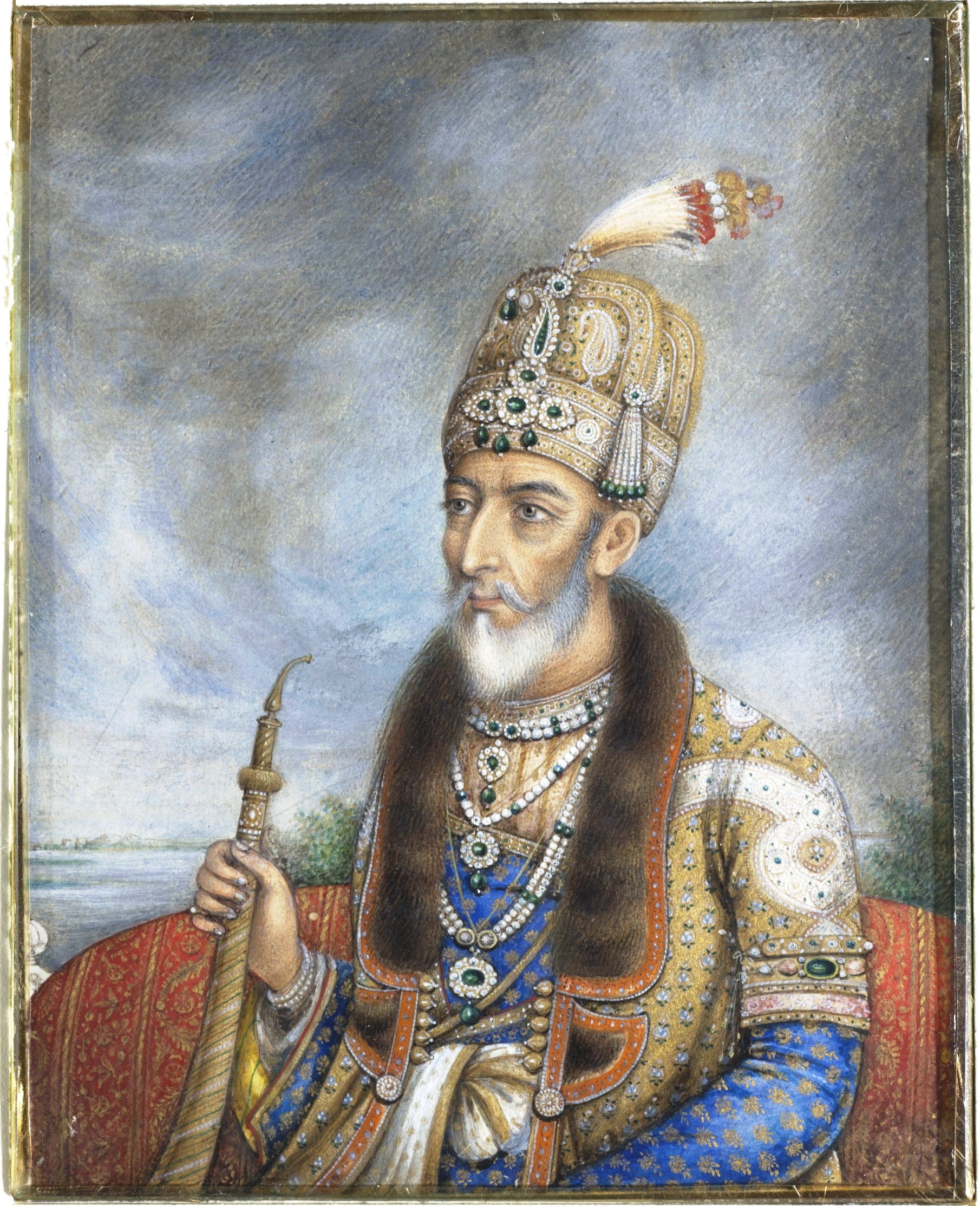|
Sarat Chandra Bose
Sarat Chandra Bose (6 September 1889 – 20 February 1950) was an Indian barrister and independence activist. Early life He was born to Janakinath Bose (father) and Prabhabati Devi in Cuttack, Odisha on 6 September 1889. The family originally hailed from Kodalia (now Subhashgram), South 24 Parganas, West Bengal. He belonged to the Kulin Kayastha family. His father was descended from the Boses of Mahinagar (South 24 Parganas) while his mother Prabhabati Devi was part of the famous Dutta family of Hatkhola in north Kolkata. She gave birth to fourteen children, six daughters and eight sons, among whom were leftist leader Sarat Chandra Bose, Netaji Subhas Chandra Bose and distinguished cardiologist Dr. Sunil Chandra Bose. Sarat had two elder sisters. They were Pramilabala Mitra and Saralabala Dey. He had an elder brother, Satish Chandra Bose (1887 — 1948). He had six younger brothers, namely: Suresh Chandra Bose (1891 — 1972), Sudhir Chandra Bose (1892 — 10 February 1 ... [...More Info...] [...Related Items...] OR: [Wikipedia] [Google] [Baidu] |
Cuttack
Cuttack (, or officially Kataka in Odia language, Odia ), is the former capital, deputy capital and the 2nd largest city of the Indian state of Odisha. It is also the headquarters of the Cuttack district. The name of the city is an anglicised form of the Odia language, Odia and Sanskrit name ''Kataka'', which literally means ''the fort'', a reference to the ancient Barabati Fort around which the city initially developed. Cuttack is known as the ''Millennium City'' as well as the ''Silver City'' due to its history of 1000 years and famous silver filigree works respectively. The Orissa High Court and some other Odisha State Govt. offices are located there, and the city is the judiciary capital of Odisha. It is the commercial capital of Odisha and hosts many trading and business houses in and around the city. The city is famous in Odisha for foods, such as the Chole bhature, Thunkapuri, Dahibara aludam, Dahibara, Lassi, various kinds of Chaat, Chat etc. Amongst all districts in Or ... [...More Info...] [...Related Items...] OR: [Wikipedia] [Google] [Baidu] |
West Bengal Pradesh Congress Committee
The West Bengal Pradesh Congress Committee (WBPCC), formerly known as the Bengal Provincial Congress Committee in Colonial India, is the unit of the Indian National Congress for the state of West Bengal. It is responsible for the organization and management of the party's activities and campaigns in the state, as well as selecting candidates for local, state, and national elections. Structure & composition List of Presidents List of Chief Ministers of West Bengal from Indian National Congress There were five Chief Ministers of West Bengal from the Congress party: Political history The Congress Party was popular in West Bengal from the beginning till the late 1970s. The party was voted out of power in 1977 due to the Emergency. After that, they played the role of the opposition during the Left Front regime. The party suffered a big blow when Mamata Banerjee left the Congress and founded the breakaway party of Trinamool Congress (TMC) in 1998. This led to exodus of the ... [...More Info...] [...Related Items...] OR: [Wikipedia] [Google] [Baidu] |
Subhash Chandra Bose
Subhas Chandra Bose (23 January 1897 – 18 August 1945) was an Indian independence movement, Indian nationalist whose defiance of British raj, British authority in India made him a hero among many Indians, but his wartime alliances with Nazi Germany and Japanese Fascism, Fascist Japan left a legacy vexed by authoritarianism, anti-Semitism, and military incompetence, military failure. * The honorific 'Netaji' (Hindustani language, Hindustani: "Respected Leader") was first applied to Bose in Germany in early 1942—by the Indian soldiers of the ''Indian Legion, Indische Legion'' and by the German and Indian officials in the Special Bureau for India in Berlin. It is now used throughout India. Bose was born into wealth and privilege in a large Bengalis, Bengali family in Orissa during the British Raj. The early recipient of an Anglocentrism, Anglo-centric education, he was sent after college to England to take the Indian Civil Service examination. He succeeded with distincti ... [...More Info...] [...Related Items...] OR: [Wikipedia] [Google] [Baidu] |
Indian National Army
The Indian National Army (INA, sometimes Second INA; ''Azad Hind Fauj'' ; 'Free Indian Army') was a Empire of Japan, Japanese-allied and -supported armed force constituted in Southeast Asia during World War II and led by Indian Nationalism#Anti-colonial, anti-colonial nationalist Subhas Chandra Bose. It comprised primarily of British Indian Army prisoners of war, POWs taken by Empire of Japan, Japan. Indian civilians in the region were also enlisted, with around 18,000 joining. * # # # # "The second INA involved Indian society in Southeast Asia in a way the earlier incarnation had failed to do so. ... Men were recruited locally, and ... special emphasis was placed on the Tamils of Malaya." The INA aimed to liberate India from British Raj, British rule. # # After winning Japanese assent for its goal, the INA furnished support to the Imperial Japanese Army, Japanese Army. # # # The Japanese and INA forces Operation U-Go, invaded India from Rangoon in 1944, and Bose's nominal Pr ... [...More Info...] [...Related Items...] OR: [Wikipedia] [Google] [Baidu] |
Central Legislative Assembly
The Central Legislative Assembly was the lower house of the Indian Legislature, the legislature of British India. It was created by the Government of India Act 1919, implementing the Montagu–Chelmsford Reforms. It was also sometimes called the Indian Legislative Assembly and the Imperial Legislative Assembly. The Council of State was the upper house of the legislature for India. As a result of Indian independence, the Legislative Assembly was dissolved on 14 August 1947 and its place taken by the Constituent Assembly of India and the Constituent Assembly of Pakistan including East Bengal (modern-day Bangladesh). Composition The new Assembly was the lower house of a bicameral parliament, with a new Council of State as the upper house, reviewing legislation passed by the Assembly. However, both its powers and its electorate were limited. The Assembly had 145 members who were either nominated or indirectly elected from the provinces. The Legislative Assembly had no m ... [...More Info...] [...Related Items...] OR: [Wikipedia] [Google] [Baidu] |
All India Congress Committee
The All India Congress Committee (AICC) is the presidium or the central decision-making assembly of the Indian National Congress. It is composed of members elected from States and union territories of India, state-level Pradesh Congress Committees and can have as many as a thousand members. It is the AICC that elects members of the Congress Working Committee and the Congress President, who is also the head of the AICC. The organisational executives of the AICC are several general-secretaries selected by the Congress President and the members of the Congress Working Committee. AICC is responsible for decision-making and policy formulation for the party at the national level. It also sets the party's agenda and strategies for national and state-level elections. History The original headquarters of AICC were located at Swaraj Bhavan, Allahabad, however after independence of India in 1947, it was shifted to 7, Jantar Mantar Marg, near Jantar Mantar, Delhi and subsequently to 24 Ak ... [...More Info...] [...Related Items...] OR: [Wikipedia] [Google] [Baidu] |
Indian Independence Movement
The Indian independence movement was a series of historic events in South Asia with the ultimate aim of ending British Raj, British colonial rule. It lasted until 1947, when the Indian Independence Act 1947 was passed. The first nationalistic movement took root in the newly formed Indian National Congress with prominent moderate leaders seeking the right to appear for Indian Civil Service examinations in British India, as well as more economic rights for natives. The first half of the 20th century saw a more radical approach towards self-rule. The stages of the independence struggle in the 1920s were characterised by the leadership of Mahatma Gandhi and Congress's adoption of Gandhi's policy of non-violence and Salt March, civil disobedience. Some of the leading followers of Gandhi's ideology were Jawaharlal Nehru, Vallabhbhai Patel, Abdul Ghaffar Khan, Maulana Azad, and others. Intellectuals such as Rabindranath Tagore, Subramania Bharati, and Bankim Chandra Chattopadhyay spr ... [...More Info...] [...Related Items...] OR: [Wikipedia] [Google] [Baidu] |
Scottish Church College
Scottish Church College is a college affiliated by Calcutta University, India. It offers selective co-educational undergraduate and postgraduate studies and is the oldest continuously running Christian liberal arts and sciences college in Asia. It has been rated (A) by the Indian National Assessment and Accreditation Council. Students and alumni call themselves "Caledonians" in the name of the college festival, "Caledonia". The Scottish Church College has been embellished as GRADE-I Heritage Building on 8 November 2023. Foundation The origins are traceable to the life of Alexander Duff (1806–1878), the first overseas missionary of the Church of Scotland, to India. Known initially as the ''General Assembly's Institution'', it was founded on 13 July 1830. Alexander Duff was born on 25 April 1806, in Moulin, Perthshire, located in the Scottish countryside. He attended the University of St Andrews where after graduation, he opted for a missionary life. Subsequently, he undertoo ... [...More Info...] [...Related Items...] OR: [Wikipedia] [Google] [Baidu] |
Presidency College, Kolkata
Presidency University, formerly Presidency College, is a public state university located in College Street, Kolkata. Established in 1817 as the ''Hindoo College'', it was later renamed ''Presidency College'' in 1855 and functioned as a leading constituent college under the University of Calcutta. It is widely regarded as one of the oldest and most prestigious places of higher education in India. Alumni of Presidency University include two Nobel laureates, leaders of the Indian Independence Movement, heads of state, Academy Award winners and pioneers in Bengali art and literature playing a pivotal role in shaping modern Indian and Bengal education and intellectual discourse. In its first cycle as a university, Presidency received "A" grade with a score of 3.04/4.00 by the National Assessment and Accreditation Commission. It has been recognized as a University of National Eminence by the University Grants Commission. It was awarded an "A" grade by the National Assessment a ... [...More Info...] [...Related Items...] OR: [Wikipedia] [Google] [Baidu] |
Netaji Subhas Chandra Bose
Subhas Chandra Bose (23 January 1897 – 18 August 1945) was an Indian nationalist whose defiance of British authority in India made him a hero among many Indians, but his wartime alliances with Nazi Germany and Fascist Japan left a legacy vexed by authoritarianism, anti-Semitism, and military failure. * The honorific 'Netaji' ( Hindustani: "Respected Leader") was first applied to Bose in Germany in early 1942—by the Indian soldiers of the '' Indische Legion'' and by the German and Indian officials in the Special Bureau for India in Berlin. It is now used throughout India. Bose was born into wealth and privilege in a large Bengali family in Orissa during the British Raj. The early recipient of an Anglo-centric education, he was sent after college to England to take the Indian Civil Service examination. He succeeded with distinction in the first exam but demurred at taking the routine final exam, citing nationalism to be the higher calling. Returning to India in 1 ... [...More Info...] [...Related Items...] OR: [Wikipedia] [Google] [Baidu] |
Kulin Kayastha
Kulin Kayastha () is a sub-caste of the Bengali Kayastha caste in Bengal region of Indian subcontinent. They are also known as the Kulina Kayasthas. The Kayasthas are regarded in Bengal, along with the Brahmins and Baidyas, as being the "highest Hindu castes". The Bengali Kayasthas are subdivided into numerous clans in that region, of which the ''Kulin'' is a high-ranking example. Origin The social and religious patterns of Bengal had historically been distinctively different from those in the orthodox Hindu heartland of North India and this impacted on how the caste system developed there. Bengal, being located east of the traditional Aryavarta region between the Ganges and Yamuna rivers, remained insulated from the full impact of Brahminical orthodoxy for many centuries, and the impact of Buddhism remained strong there. The influence of Buddhism continued under the Buddhist rulers of the Pala dynasty from the eighth through the eleventh century CE. It is traditionally belie ... [...More Info...] [...Related Items...] OR: [Wikipedia] [Google] [Baidu] |








